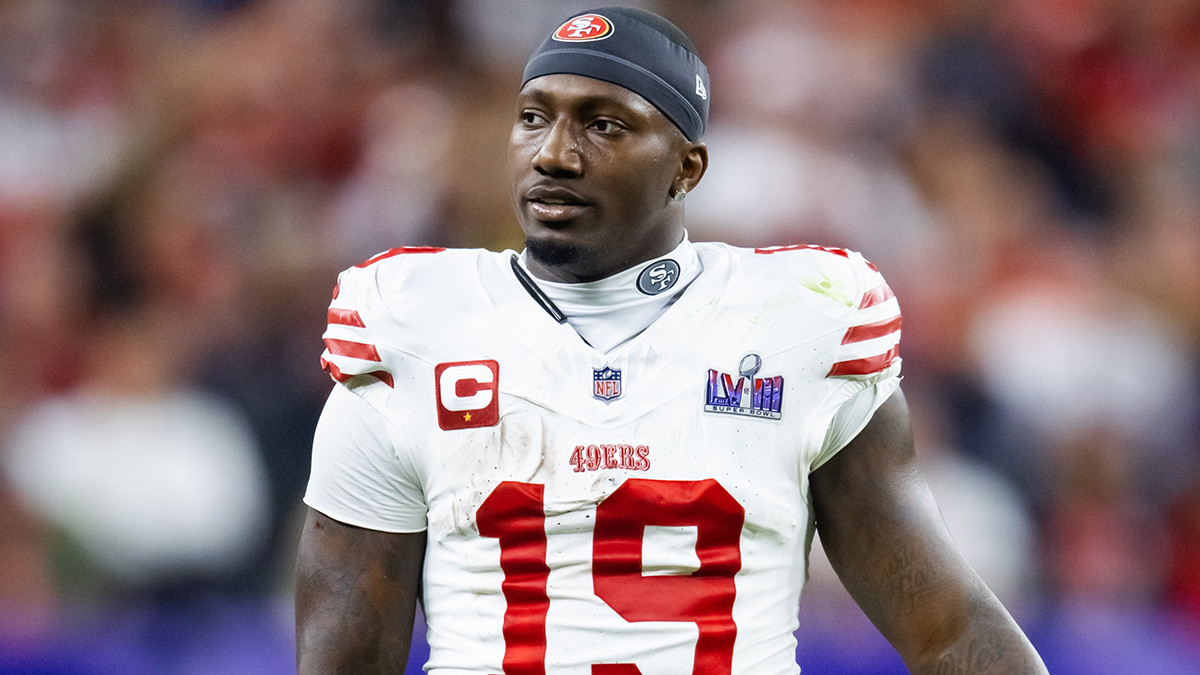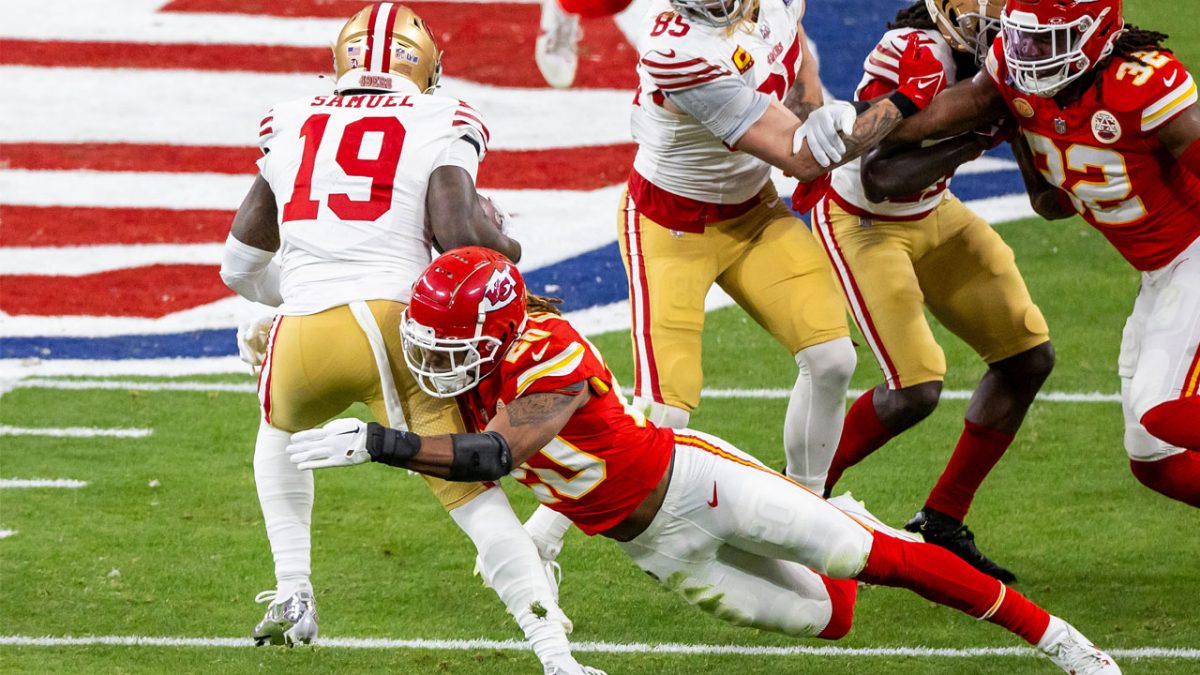Some of you may still be celebrating the Warriors' 2018 title in the street of Oakland.
Keep celebrating if you will, but it's time to move on to the 2018-19 season. And with that, the NBA is bringing more change to the game that keeps on growing.
On Friday, the NBA Board of Governors unanimously approved three rule changes that will take place this season. With these changes, the league is looking to speed the game up while making it easier to follow.
Below is how the NBA describes each change:
Shot Clock Reset – The shot clock will reset to 14 seconds in three scenarios: after an offensive rebound of a missed field goal or free throw that hit the rim; after a loose ball foul is called on the defensive team immediately following a missed field goal or free throw that hit the rim; or after the offensive team gets possession of the ball after it goes out of bounds immediately following a missed field goal or free throw that hit the rim.
The rule has been in effect in the NBA G League since the 2016-17 season, in the WNBA since 2016 and in FIBA play since 2014-15. The rule was also in place during 2018 NBA Summer Leagues.
Simplification of the Clear Path Foul Rule – The changes to the clear path foul rule establish "bright line" standards based on the position of players at the time of the foul while also narrowing required referee judgment and reducing the number of variables impacting the rule's application.
Sports
A clear path foul is now defined as a personal foul against any offensive player during his team's transition scoring opportunity in the following circumstances: the ball is ahead of the tip of the circle in the backcourt; no defender is ahead of the offensive player with the transition scoring opportunity; the player with the transition scoring opportunity is in control of the ball (or a pass has been thrown to him); and if the foul deprives his team of an opportunity to score.
As part of the clear path foul rule simplification, referees will no longer need to make judgment calls as to whether or not a defender was between (or had the opportunity to be between) the offensive player with the transition scoring opportunity and the basket. In addition, referees will no longer have to determine whether or not the defender was at any time ahead of the offensive player prior to committing the foul, nor will it be relevant whether or not a defender beat the offensive player with the transition scoring opportunity into the frontcourt. Further, plays of this nature will no longer have to originate in the backcourt (since transition scoring opportunities can originate in the frontcourt).
Under the simplified rule, a clear path foul cannot occur if the fouled player is in the act of shooting or if the foul is caused by the defender's attempt to intercept or deflect a pass intended for the player attempting to score in transition.
If a clear path foul is committed, the offended team will continue to be awarded two free throws and possession of the ball on the sideline nearest the spot where the foul occurred.
Expanded Definition of "Hostile Act" for Replay Purposes – For purposes of triggering instant replay review, the definition of a "hostile act" has been broadened to enable referees to determine the appropriate penalty for players or coaches if they are involved in hostile encounters with each other, referees or fans.
Let the games begin.



